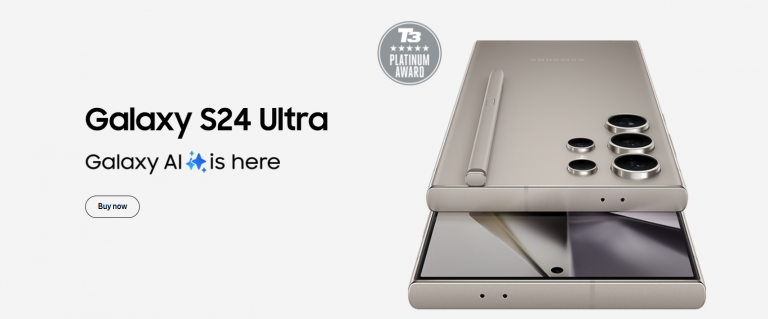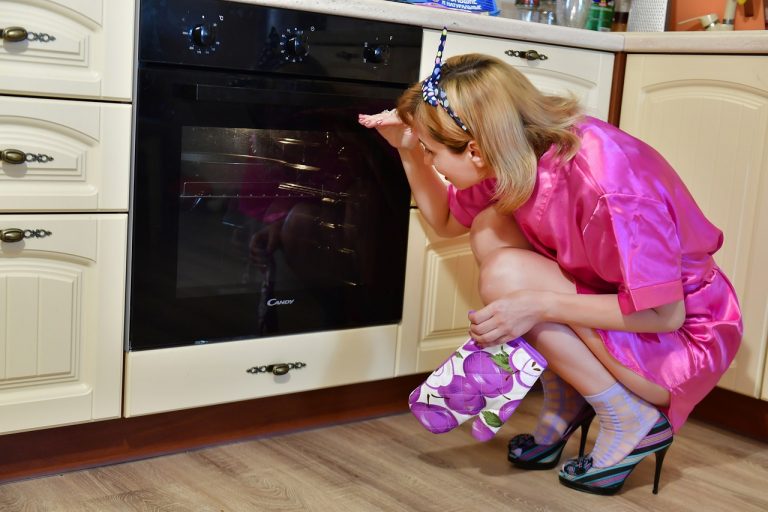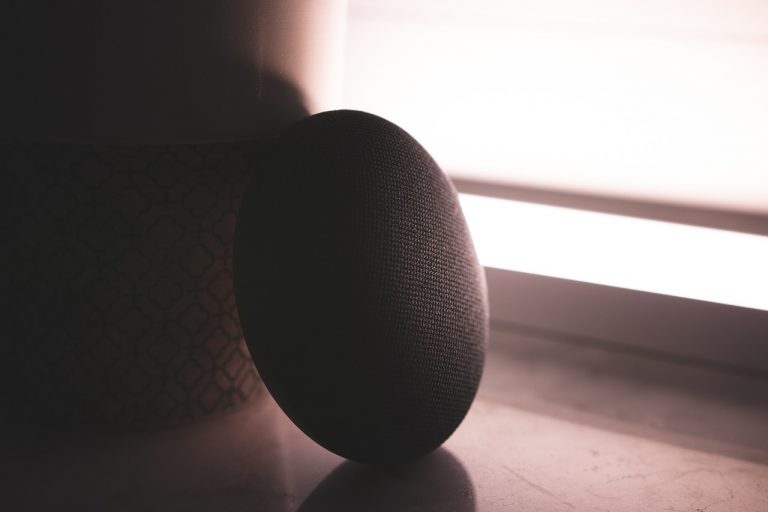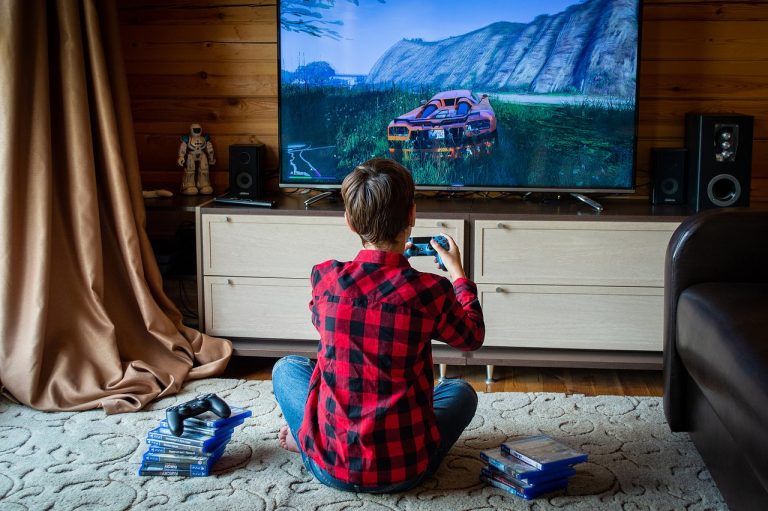Smart homes have become an integral part of our lives, offering unparalleled convenience and control. Imagine a seamless orchestration of your lights, thermostat, security cameras, and more, all working in unison to make your life easier. This level of integration is achieved through what tech enthusiasts call “Tech Harmony.” In this article, we will delve into the intricacies of syncing your smart home devices for maximum efficiency.
The Landscape of Smart Home Devices
Smart home devices come in various forms, from smart thermostats and lights to intelligent doorbells and security systems. The market is flooded with options, each boasting unique features and functionalities. It’s essential to understand the diverse landscape before embarking on the journey of syncing these devices.
Challenges of Unsynced Devices
While the array of smart devices is impressive, the real magic happens when these devices communicate with each other. Unsynced devices lead to inefficiencies, such as the lights not adjusting when you enter a room or your thermostat not coordinating with your schedule. These inconveniences contribute to user frustration and defeat the purpose of having smart technology at your fingertips.

The Role of Tech Harmony
Tech harmony, in the context of smart homes, refers to the seamless integration and communication between devices. It’s the art of making your smart devices work together to enhance your overall experience. Achieving tech harmony is not just about having the latest gadgets; it’s about ensuring they work in harmony to provide optimal results.
Key Smart Home Protocols
To enable tech harmony, understanding the protocols that facilitate device communication is crucial. Wi-Fi, Zigbee, and Z-Wave are among the key protocols, each with its strengths and limitations. Choosing the right protocol for your specific devices is a critical decision that impacts the effectiveness of your smart home ecosystem.
Syncing Essentials: Hubs and Bridges
At the heart of tech harmony are hubs and bridges. These devices act as intermediaries, facilitating communication between devices that operate on different protocols. Understanding the role of hubs and bridges and ensuring their compatibility is a fundamental step in achieving synchronization.
Setting Up Your Smart Home Ecosystem
Syncing your smart home devices may seem daunting, but with a step-by-step guide, it becomes a manageable task. From connecting your devices to troubleshooting common issues, this section provides a comprehensive guide to setting up your smart home ecosystem seamlessly.
Automation and Customization
Once your devices are synced, the real fun begins. Learn how to automate routine tasks and customize your smart home experience according to your preferences. From scheduled lighting adjustments to automated security routines, the possibilities are vast.
Security Measures for Synced Devices
With the convenience of smart homes comes the concern for security. Addressing these concerns is paramount. This section outlines best practices for securing your smart home network and protecting your devices from potential threats.
Future Trends in Smart Home Integration
The world of smart home technology is dynamic, with continuous advancements in IoT and device integration. Explore the future trends that promise even more seamless integration and enhanced user experiences in the smart home realm.

Real-life Examples of Tech Harmony
Delve into real-life examples where tech harmony has transformed homes. Case studies and user testimonials provide insights into the practical benefits of synced smart home devices.
Overcoming Compatibility Issues
As technology evolves, older devices may struggle to keep up. This section discusses strategies for overcoming compatibility issues and ensuring that even your older devices contribute to the harmony of your smart home.
The Impact on Energy Efficiency
Beyond convenience, synced smart home devices play a role in energy conservation. Understand how the efficient coordination of devices can contribute to a greener, more sustainable living environment.
Tech Harmony for Novices: A Beginner’s Guide
For those just starting their smart home journey, this section simplifies the process. Learn the basics, avoid common pitfalls, and embark on your tech harmony adventure with confidence.
Conclusion
In conclusion, achieving tech harmony in your smart home is not just a luxury; it’s a necessity for unlocking the full potential of your devices. As technology continues to advance, the possibilities for seamless integration are endless. Embrace the future of smart homes, where your devices work together in perfect harmony to make your life more efficient and enjoyable.
FAQs: Unveiling the Mysteries of Tech Harmony
- Q: Can I achieve tech harmony with devices from different brands?
- A: Yes, many devices are designed to be compatible across brands, especially if they adhere to common protocols like Zigbee or Z-Wave.
- Q: How secure is syncing my smart home devices?
- A: Security is a priority. Following best practices, such as securing your network and keeping devices updated, ensures a safe smart home environment.
- Q: What if my devices are outdated? Can they still be part of the tech harmony?
- A: Older devices can still contribute to tech harmony. Consider firmware updates and compatibility devices like bridges or hubs.
- Q: Is it challenging for beginners to set up a synced smart home?
- A: Not at all! The article includes a section specifically for beginners, offering a simplified guide to help them get started.
- Q: How does tech harmony contribute to energy efficiency?
- A: Synced devices can optimize energy use. For example, smart thermostats can adapt to your preferences, reducing unnecessary energy consumption.












+ There are no comments
Add yours